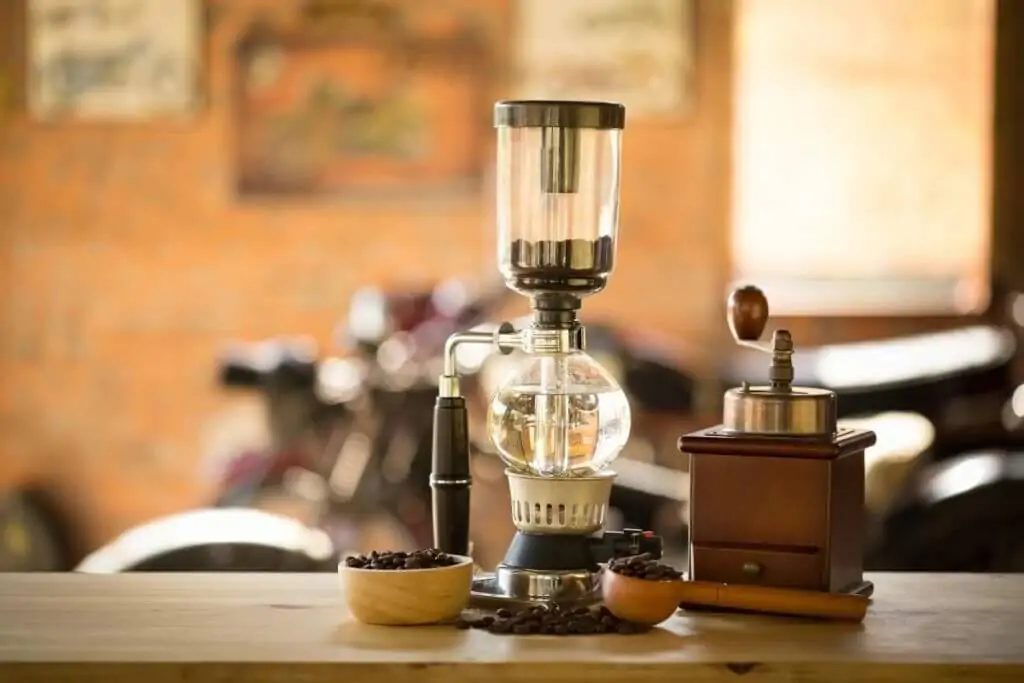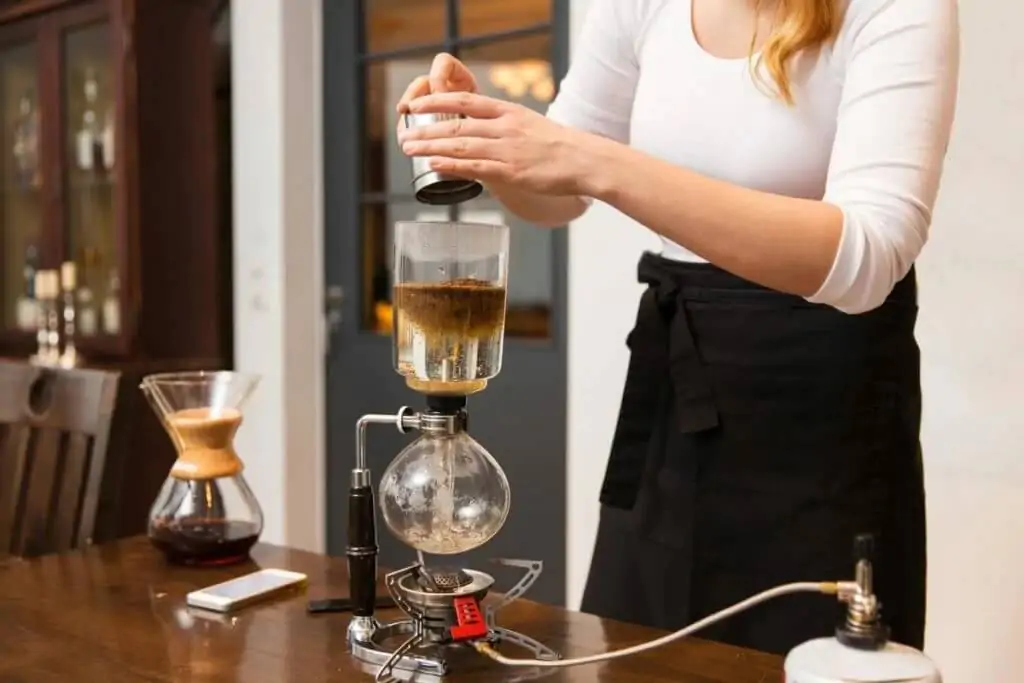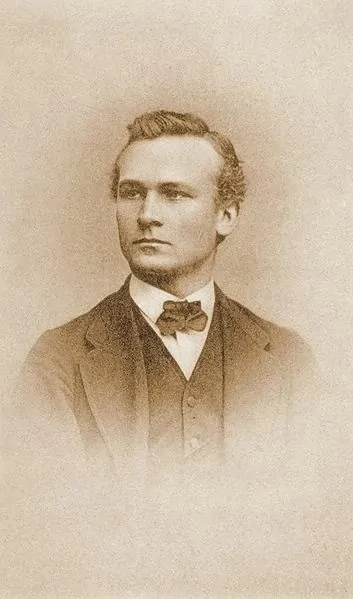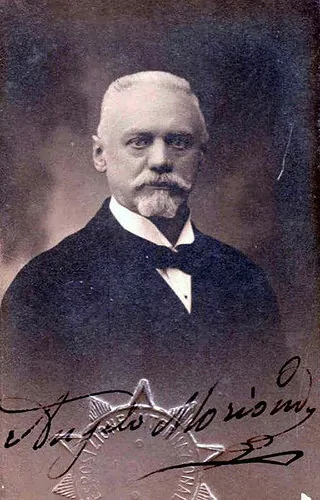Ever wondered who invented the coffee maker? In this article, we profile the inventors behind the different types of popular coffee makers.

Humans have been drinking coffee for a thousand years. Two billion people drink coffee today. No matter how you like your coffee–made by a skilled barista, percolated on the stovetop, or carefully poured through a Chemex at home–there are machines of all types that can help you achieve the best cup for your taste.
Early methods for making the rich, black liquid were similar to cowboy coffee: Grinding roasted beans, boiling them in a pot of water, and then pouring off the liquid, leaving the grounds behind, before serving and drinking it.
Before we get into several different types of coffee makers and look into who were the brains behind them, let us look into just who invented the first coffee maker. While it’s hard to pin its creation on one individual, there are some facts that detail the invention of the coffee maker.
Who Invented The Coffee Maker: A Quick History
The original Mr. Biggin Pot, in its simplest form, consisted of a metal or cloth strainer that was placed inside an earthenware pot with a spout. The Biggin pot was invented in 1763 by a Parisian tinsmith named Donmartin, first name unknown. By the 1780s, they were common in wealthy Parisian homes.
Boiling water was poured in, the coffee was allowed to steep, and then the strainer was removed and the excess water was squeezed out. This innovation made separating coffee from its grounds easy and efficient.
While the Biggin wasn’t the first coffee-making machine, it was an important step in the evolution of coffee makers. It was invented around 1780 and became a common sight in European coffee shops during the 19th Century.
The very first types of coffee machines were vacuum coffee makers, also called siphons. The first known patent for a siphon was in the 1830s in Berlin, by an inventor named Loeff, whose first name is unknown. Other inventors began building different versions of the siphon, including Mr. Napier in Scotland. Around 1840 a woman named Marie Fanny Amelne Massot of Lyons, France filed a patent for a beautiful, delicate glass siphon.
She filed it under the name Mme. Vassieux, and it’s considered the first commercially successful vacuum brewer.
It was a fancy piece of equipment meant for display and demonstration in upper-class drawing rooms. There is some speculation that Mme. Vassieux was a courtesan and used her connections to have her invention produced and marketed on a wide scale. They were a common sight in wealthy French households during the Victorian era.
Vacuum brewers are popular with coffee lovers in many Asian countries today as well as parts of Europe because they’re considered elegant, refined brewing methods.
They’re often made of borosilicate glass in beautiful designs so that you can watch the action as it brews. When heated, vapor pressure forces the liquid up through the siphon and into the grounds, seemingly defying gravity and creating a clean, grit-free cup of coffee.
Old vacuum brewers had to be taken apart to decant the coffee into a carafe, and all the parts needed to be washed separately. This is still true for some siphons produced today, which makes them fun, but also delicate and inconvenient when you’re in a hurry and just want a hot cup of joe and not a coffee brewing extravaganza.
History of Coffee: Other Coffee Machine Inventors
It wasn’t until the 19th Century that inventive coffee drinkers began trying in earnest to build machines that completed this process faster and more efficiently. Here’s a rundown of some of the other popular coffee machines used throughout the years. Many of them are still used in our homes today.
1. The Percolator
Hanson Goodrich
The second type of coffee maker developed was the coffee percolator.
This type of coffee pot makes coffee by circulating hot water through ground coffee repeatedly until the desired brew strength is reached. The first one was invented by a French tinsmith named Joseph Henry Marie Laurens.
The modern stovetop style used by Americans for most of the 20th Century was patented by a man named Hanson Goodrich in 1889. This design was perfect for small-scale home kitchen use and it became a ubiquitous sight in U.S. kitchens by the 1930s.
2. The Pour-Over Cone

Amalie Melitta Bentz
In the first decade of the 20th Century, a German woman named Amalie Melitta Bentz began experimenting with different ways of making coffee as she found percolated coffee to be bitter, with grounds ending up in her cup.
In 1908 she patented a disposable coffee filter made of blotting paper, and pour-over coffee was born. Eventually, she produced a simple cone-shaped device that her filters fit into. You could place it over a mug or coffee pot, pour boiling water in, and wait for it to slowly drip through the cone and into the cup.
Many of the drip methods we use today work the same way.
3. The French Press
French press is simple and easy to use
The French press, called a cafetière in France, was developed and patented in 1929 by an Italian designer named Attilio Calimani. It works by steeping very coarse coffee grounds in hot water for a certain amount of time, before pressing a plunger attached to a filter down into the pot. The resulting liquid is then poured out, leaving the grounds behind.
It is one of the most popular ways to make coffee in European homes, with its fanfare largely due to its convenience and simplicity. The fact that it also produces a fantastic cup of joe also contributes to this invention’s brilliance.
4. The Moka Pot
Alfonso Bialetti
Moka Pots were patented in 1933 by an Italian named Alfonso Bialetti. Moka pots use the same principle as vacuum brewers, but Bialettis’s innovation was to redesign them so that you don’t have to take the appliance apart to get to the coffee.
You can use a Moka Pot on any stovetop, and then pour the coffee out the top of the pot as soon as it’s done. They are still widely used in European and South American homes, known for being a cost-effective way to make a great cup of coffee.
5. The Wigomat
Gottlob Widmann
The first automatic drip-style coffee maker was patented in Germany in 1954 and was called the Wigomat after its inventor, Gottlob Widmann. Up to this time, most Americans made percolated stovetop coffee which cycled boiling water through coffee grounds repeatedly, imparting a bitter taste.

The Wigomat advertised itself as having a superior brewing temperature, which led to its immense popularity. Many companies copied the simple technology, which used Amalie Melitta Bentz’s paper filter method but automated the process, keeping the water at a specific temperature and only running it through the grounds once. One of the disadvantages of this machine is the inability to customize the coffee to your taste while brewing.
6. Mr. Coffee
In 1972 the brand Mr. Coffee began manufacturing drip-style machines similar to the Wigomat and selling them to American consumers using celebrities to promote them, including the famous baseball player Joe DiMaggio.
By the late 1970s, drip coffee makers had replaced percolators as the most common method of brewing coffee in American homes. People of a certain age will remember these machines being a key element of the American kitchen.
7. Espresso Machines
Angelo Moriondo
Espresso did not become really popular in the U.S. until the late 20th Century; however, it has been popular in southern Europe for over a hundred years. The brewing process of espresso machines involves forcing pressurized hot water through finely ground compacted coffee beans.

The first machine to do this was invented by Angelo Moriondo in 1884. In 1901, Luigi Bezzera improved the design and patented it. In 1903 Desiderio Pavoni bought the patent and began producing the first modern espresso machines on an industrial scale.
Espresso drinks became extremely popular in Italy during the 20th Century as cities there became increasingly urbanized. Espresso bars were a place to go, have a pick-me-up and meet other people. Cappuccinos are still considered a classic symbol of Italian culture.

